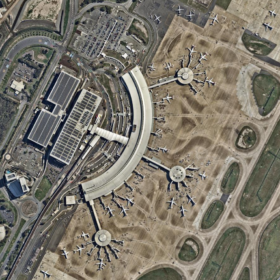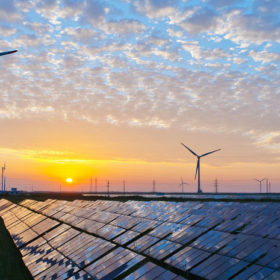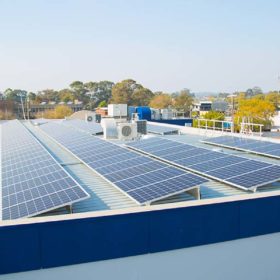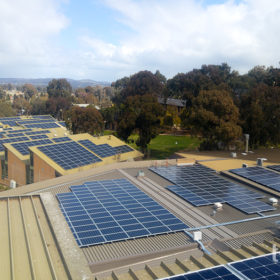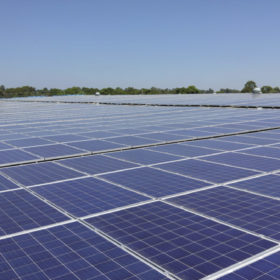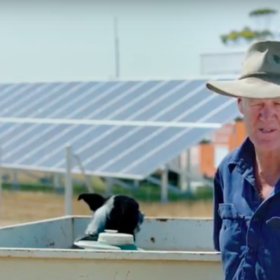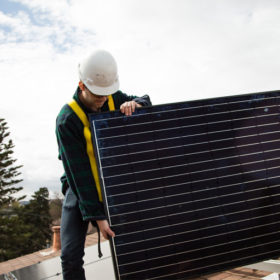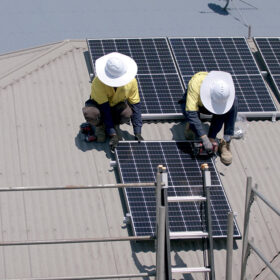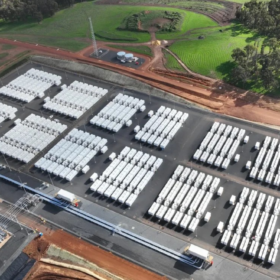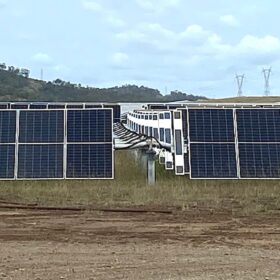Brisbane welcomes Australia’s largest airport PV installation
With a capacity of 5.725 MW, the solar array spread across Brisbane Airport is Australia’s largest commercial and industrial PV system to be installed at an airport site.
Solar transforms NEM supply mix displacing coal
The latest figures from the Australian Energy Market Operator (AEMO) show that solar continues to eat into the share once firmly held by coal on the back of a dramatic increase in installations over the past 12 months. The trend was backed by energy storage facilities which continued to gain foothold as providers of frequency control and ancillary services, lowering overall costs in the first quarter of 2019.
NSW school pioneers renewable PPA to cut power bills
Echoing a growing appetite for corporate renewable power purchase agreements in Australia, Ascham School has become the first school in New South Wales to ink a long-term deal with commercial electricity retailer Flow Power.
Bank Australia switches to 100% renewable electricity
Only a month after it signed up to the global initiative RE100, Bank Australia has announced it made the switch to 100% renewable electricity one year ahead of its 2020 target.
China confirms FIT level payments – but they will be ‘subject to competition’
The Beijing authorities have confirmed the payment levels to be made according to type of project and region from July onwards but an auction process will be involved so the figures are for guidance only. No decision has yet been made on the 30 GW of capacity added since the end of May.
Labor to connect 4,000 schools into VPPs in $1 billion solar program
Federal Labor has pledged to roll out solar PV and batteries at schools across Australia and create virtual power plants supporting up to 365 MW of capacity.
Dramatic increase in grid solar generation as medium to large-scale rooftop PV takes off
Due to a jump in medium (+15kW) to large (+100kW) rooftop solar installations, there has been a dramatic increase in grid scale solar generation. This has contributed to renewables supplying monthly 14-15% of total generation since last November, an increase from 10-11% share this time last year, new research from The Australia Institute finds.
Farmers want energy policy overhaul, more support for solar and batteries
In the run-up to the May federal election, thirteen farmer and irrigator groups have come up with a list of policy requests to put a downward pressure on electricity prices and preserve the sector’s competitiveness. Among other things, the groups have called for more government support for solar PV and battery storage installed on site, and removal of barriers to connecting on-farm generation to the grid.
Renewable energy jobs surge thanks to solar PV
Rooftop solar remained the biggest employer in the Australian renewable energy sector last financial year, but it was large-scale solar PV that stole the limelight as it emerged as the second largest contributor of direct full-time jobs.
Australia and India helped make up for Chinese solar retreat last year
The world had more than half a terawatt of PV generation capacity at the end of last year as emerging solar markets picked up the slack caused by Beijing’s subsidy about-turn to the tune of a 20% rise in installations outside China.
